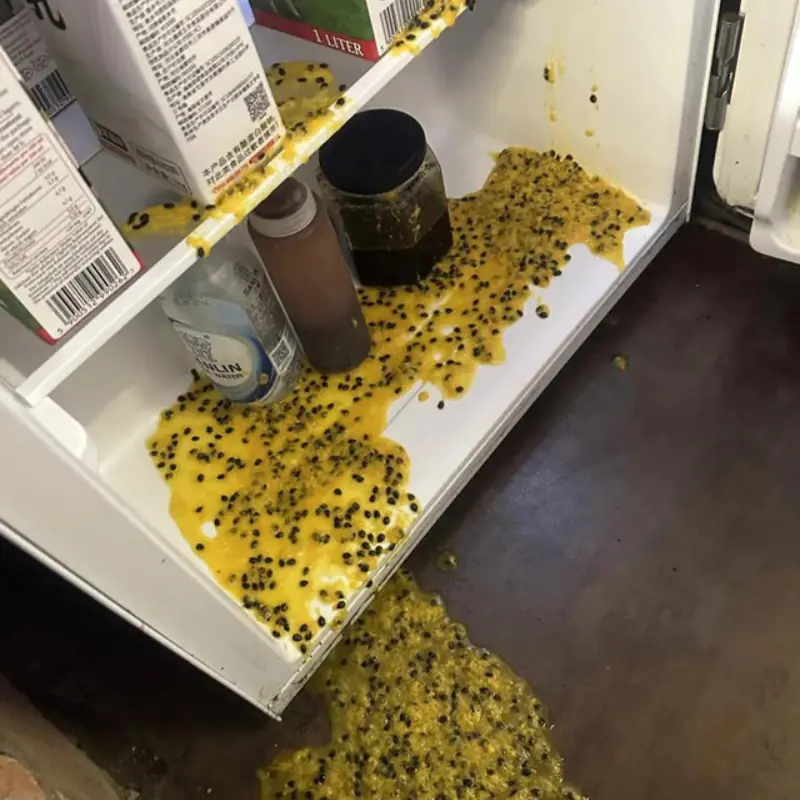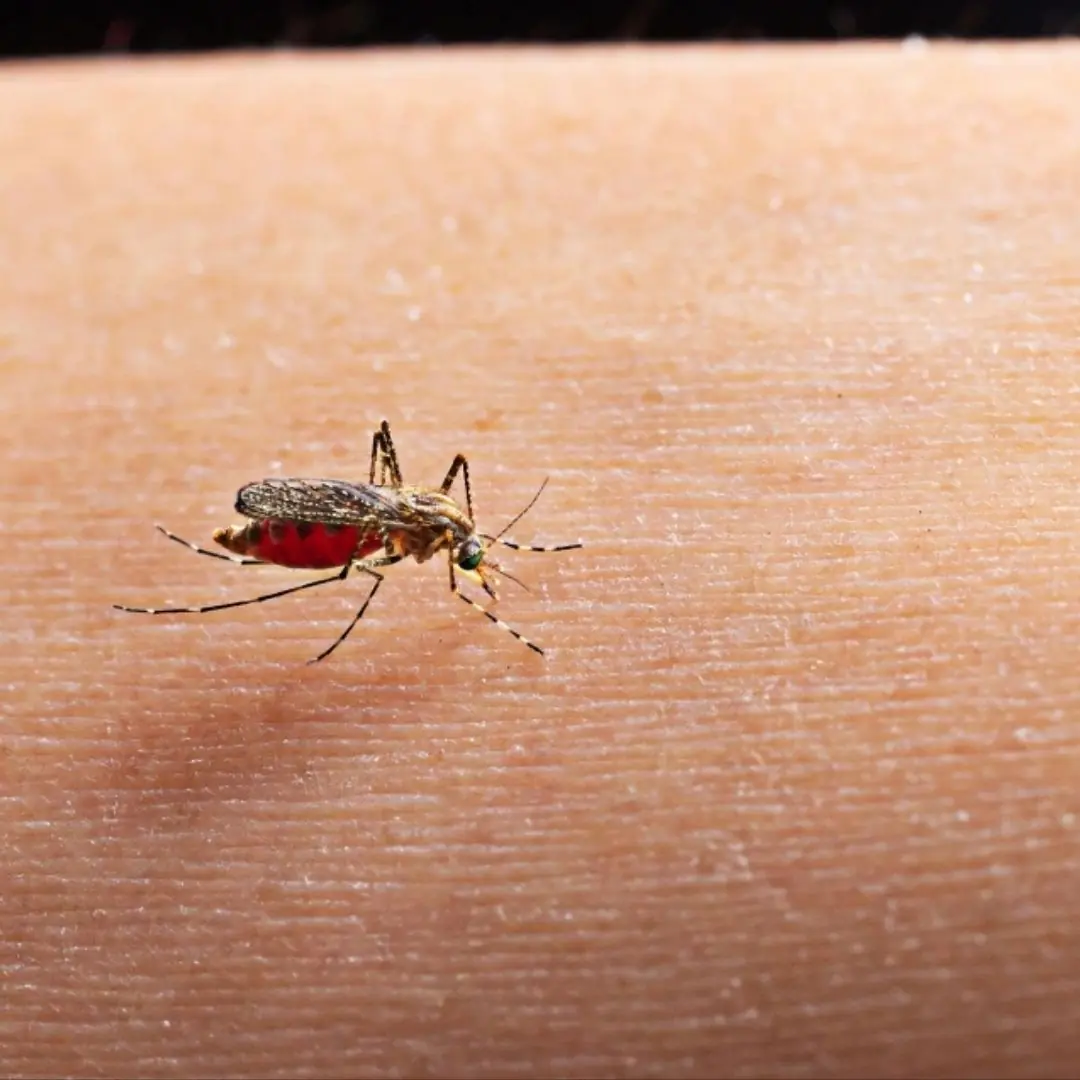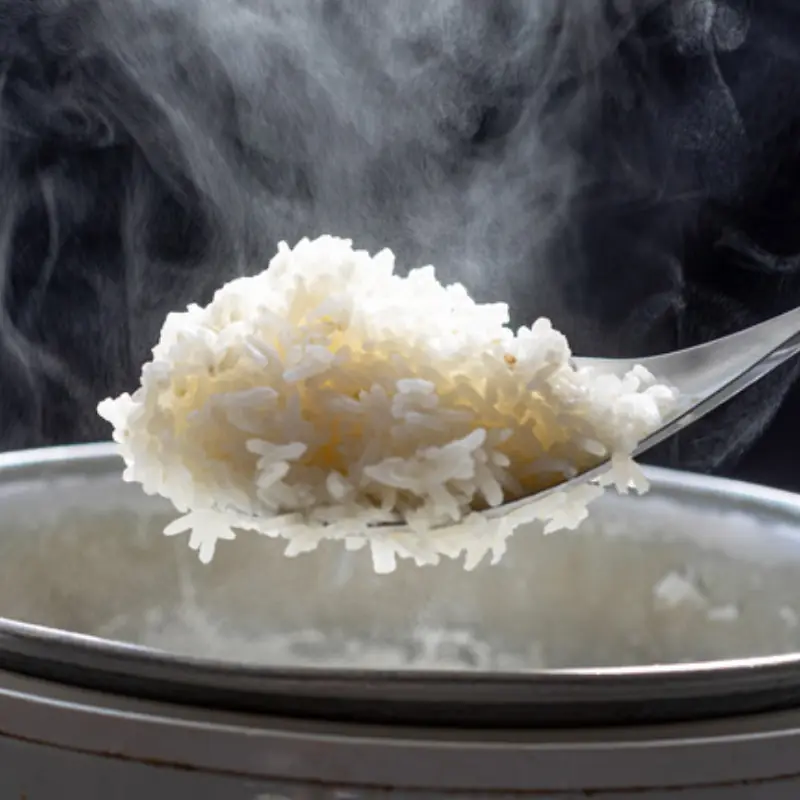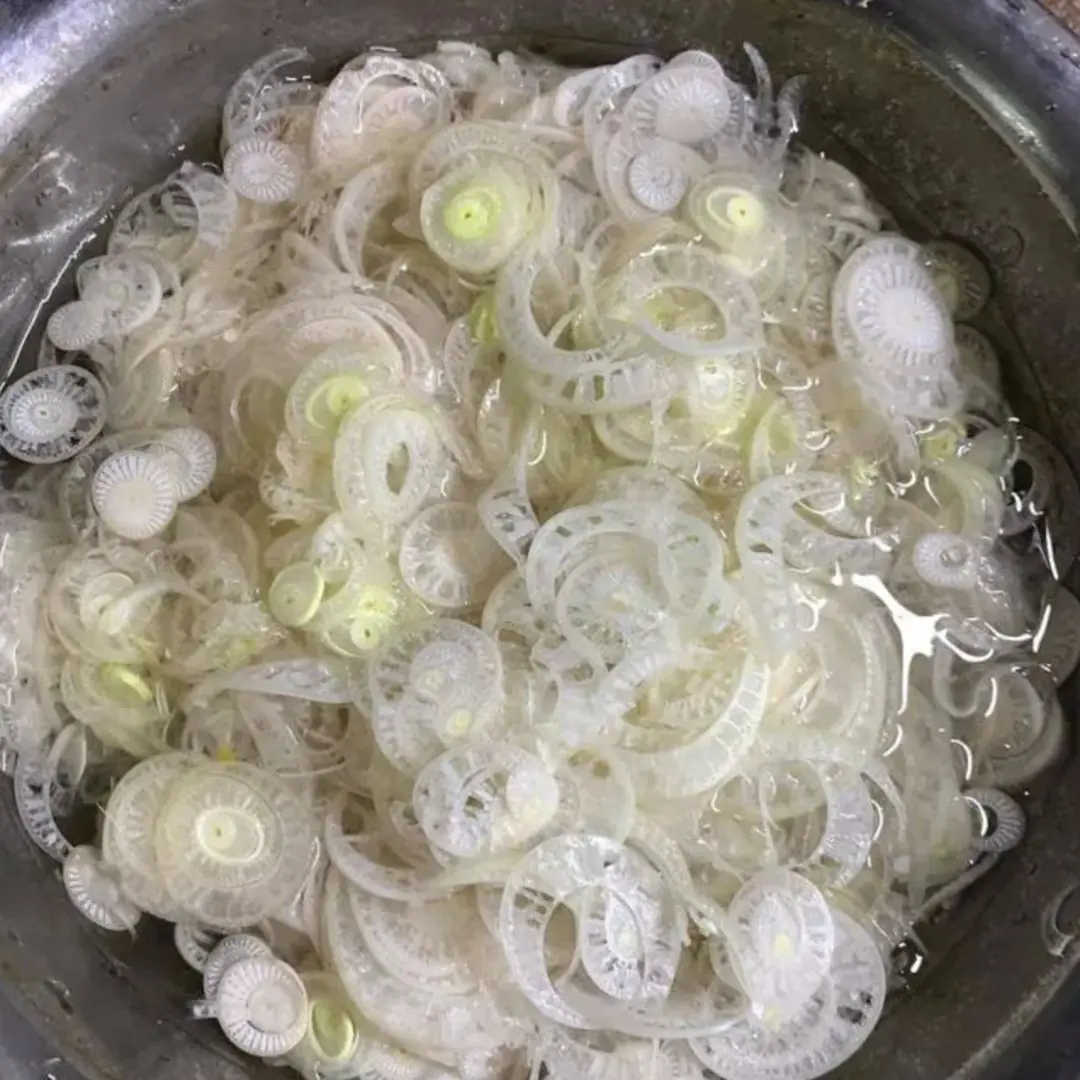
If You See These 5 Types of Pork at the Market—No Matter How Fresh or Cheap They Look—Don’t Buy Them
Pork is a staple in many cuisines around the world, and it’s no surprise that it’s a common feature in markets. But while fresh and affordable pork may seem like a great deal, some cuts should be avoided at all costs due to health and quality concerns. Here are five types of pork you should never buy, even if they look fresh and are priced cheaply.
1. Pork with an Unnatural Color
What to look out for:
Fresh pork should have a pinkish-red hue, with some marbling of fat. If the meat looks grayish, pale, or too dark, it could indicate that it’s not fresh, or that it has been improperly stored. The color change can be caused by oxidation or contamination, both of which can lead to foodborne illnesses.
Why it’s a problem:
Meat that is off-color may be older, improperly handled, or at risk of bacterial growth. The appearance of pork can often tell you about its shelf life and overall quality.
2. Pork with a Slimy Texture
What to look out for:
When you touch fresh pork, it should feel slightly moist but not slimy or sticky. If the pork feels unusually slippery or has a mucous-like texture, it is a clear sign that bacteria have started to break it down.
Why it’s a problem:
Slimy pork is a sign of spoilage. Even if the meat looks fresh from the outside, the bacteria may have already started breaking it down, making it unsafe to eat.
3. Pork with Excessive Water Content
What to look out for:
Pork should not be sitting in a pool of water when you pick it up. Some cuts of pork, particularly those that have been pre-packaged, may contain added water or preservatives to enhance weight or appearance.
Why it’s a problem:
Excess water not only dilutes the flavor and affects the texture, but it can also indicate that the meat has been injected with phosphates or chemicals to artificially increase weight. Over time, these additives can negatively impact your health.
4. Pork That Has a Strong, Unpleasant Smell
What to look out for:
Fresh pork should have a mild or neutral smell. If you detect a strong, sour, or rancid odor, it's a clear sign that the pork is starting to spoil.
Why it’s a problem:
Pork with an off-putting odor could be a sign of bacterial contamination, or it may be past its prime. The presence of certain bacteria or spoilage enzymes can lead to food poisoning if consumed.
5. Pre-packaged Pork with Expired Labels or Damaged Packaging
What to look out for:
Always check the expiration date and ensure that the packaging is intact. If the pork has been sitting around too long or the packaging is damaged, the meat may not be safe to eat, even if it appears fine.
Why it’s a problem:
Damaged packaging or expired labels indicate that the pork could have been exposed to air, which can promote bacterial growth. The longer pork is exposed to unsanitary conditions, the higher the risk of contamination.
News in the same category


A Wild Vegetable Sweeter Than Mustard Greens, Free of Oxalic Acid, and Excellent for Cooling the Liver and Relieving Heat

Electricity Prices Are Rising Again – Don’t Do This When Using the Air Conditioner or Your Bill Could Triple!

Sh:o:cking truth that few people know: Why do many astronauts l.ose all their fin.gern.ails when going into space?

The Vegetable Dubbed the “King” of Cancer Prevention: Prepare It Right, and Its Benefits Multiply

Eating These 4 Fruits Regularly Can Harm Your Liver Even More Than Alcohol — But Many People Don’t Know It!

Why do flight attendants like to bring a banana on the plane?

Here's What Eating Blueberries Every Day Does to Your Body, Says a Registered Dietitian

Take These 5 Items Out of Your Fridge Now One Day They Could Actually "Explode"

Before the divorce, my husband cooked my favorite fish dish, I was not moved but burst into tears because of 3 bitter truths

Everyone thinks that getting bitten by mosquitoes is due to blood type or body odor, but experts say: "Because you have this in your body."

Discovery of Nitrogen-Fixing Cell-organelle Nitroplast in a Eukaryotic Algae

Why do hotel beds often have 4 pillows?

Not Superstition: Science Explains Why Children Born in September and October Tend to Be Smarter

I found a strange note in one of my lunch bags - and now I can't stop going back.

I was hiding in the bathroom at school when she found me

I married my dad's friend - on our wedding night he said to me: "I'm sorry. I should have told you sooner"

The truth behind the man with 39 wives, 94 children, 33 grandchildren living together
News Post

Don’t Throw Away Spoiled Fruits — Keeping Them Can Still Offer Many Benefits

Mix Toothpaste with This and Be Surprised: Old, Moldy Faucets Shine Like New After Just 5 Minutes of Light Cleaning

A Wild Vegetable Sweeter Than Mustard Greens, Free of Oxalic Acid, and Excellent for Cooling the Liver and Relieving Heat

The "National Dish" That's Incredibly Gentle But a "Nightmare" for People with Kidney Stones

Warning: A critical mistake when eating rice could be fatal!

When Buying Pork Blood Pudding, Smart Shoppers Only Need to Check These 3 Points to Instantly Tell If It’s Real or Fake

This “Highly Nutritious” Meat May Raise Heart Disease Risk by 26% — And Also Increase Cancer and Diabetes Risk

Waking Up With These 4 Morning Symptoms Could Mean can.cer Cells Are Silently Attacking Your Body

Is Moldy Food Still Edible If You Just Cut Off the Mold? Warning Signs Not Everyone Recognizes

Even an Iron Li.ver Can’t Handle These 3 Common Breakfast Habits: Worse Than Skipping Meals!

5 types of water that people with diabetes should avoid

Even though it's simple to eat, homegrown vegetables are both cleaner and healthier than vegetables from the market!

Washing Clams and Shellfish: Some Use Chili, Others Use Wine — All Wrong! A Seafood Vendor Taught Me This Truly Effective Trick

Too many geckos in the house, here's a little trick to make them 'go away and never come back'

Going to the market, if you see these 7 types of fish

No matter how small your house is, don't place the headboard like this or you'll regret it

Why you shouldn't wear shorts or short skirts when flying

Covering a towel on an electric fan, a useful tip that cannot be missed in the summer
